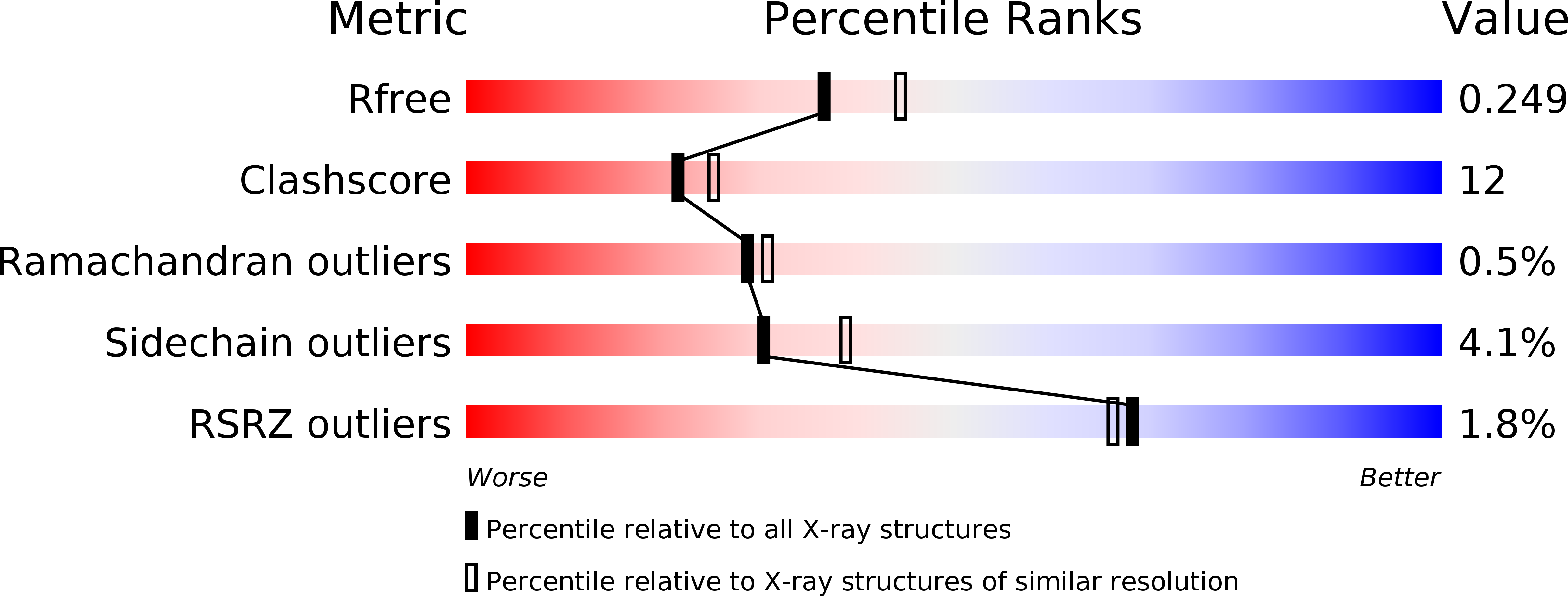
Deposition Date
2009-05-07
Release Date
2009-10-27
Last Version Date
2023-12-13
Entry Detail
PDB ID:
2WHW
Keywords:
Title:
Selective oxidation of carbolide C-H bonds by engineered macrolide P450 monooxygenase
Biological Source:
Source Organism:
STREPTOMYCES VENEZUELAE (Taxon ID: 54571)
Host Organism:
Method Details:
Experimental Method:
Resolution:
2.20 Å
R-Value Free:
0.25
R-Value Work:
0.17
R-Value Observed:
0.18
Space Group:
P 21 21 21


